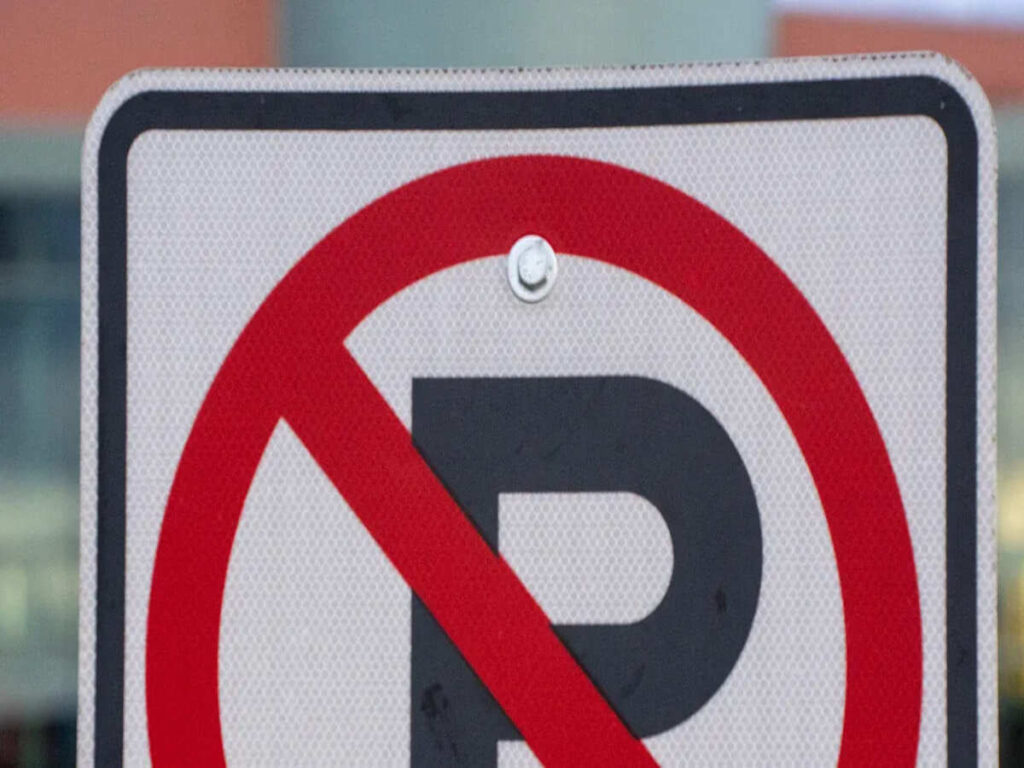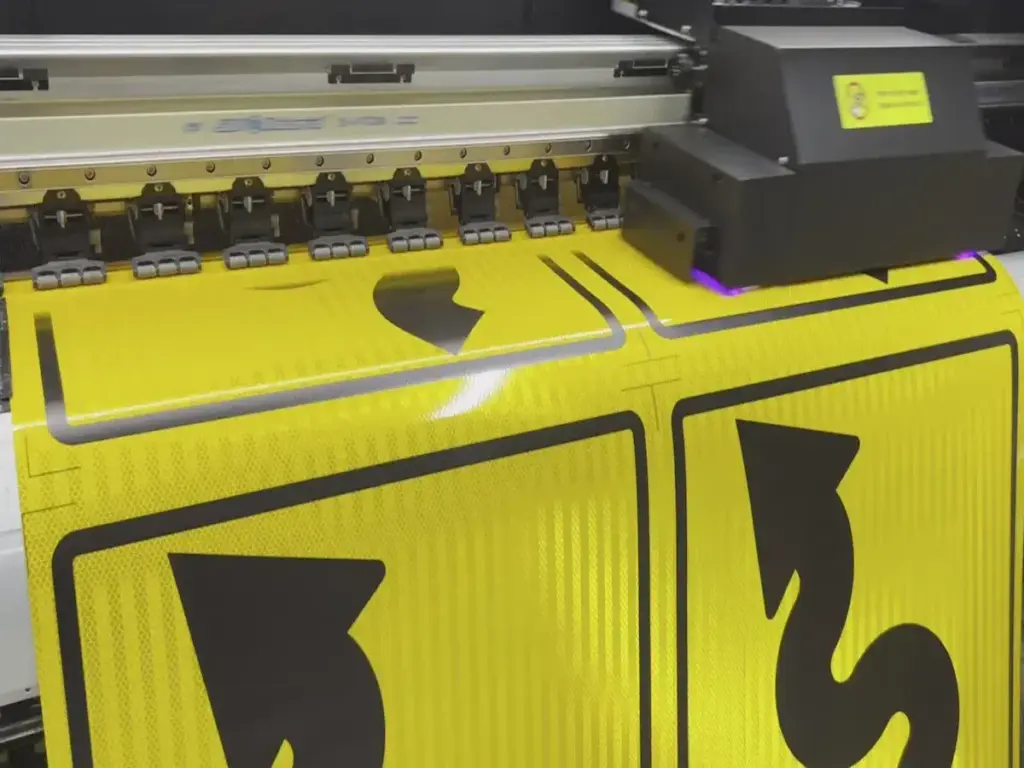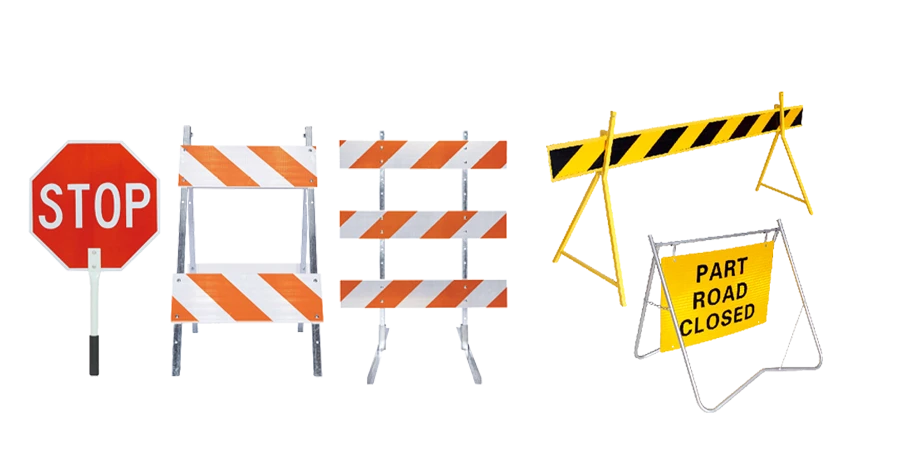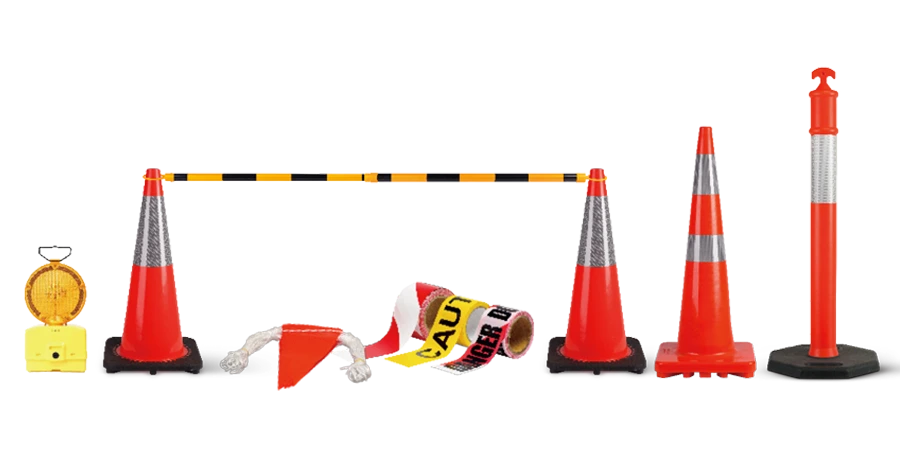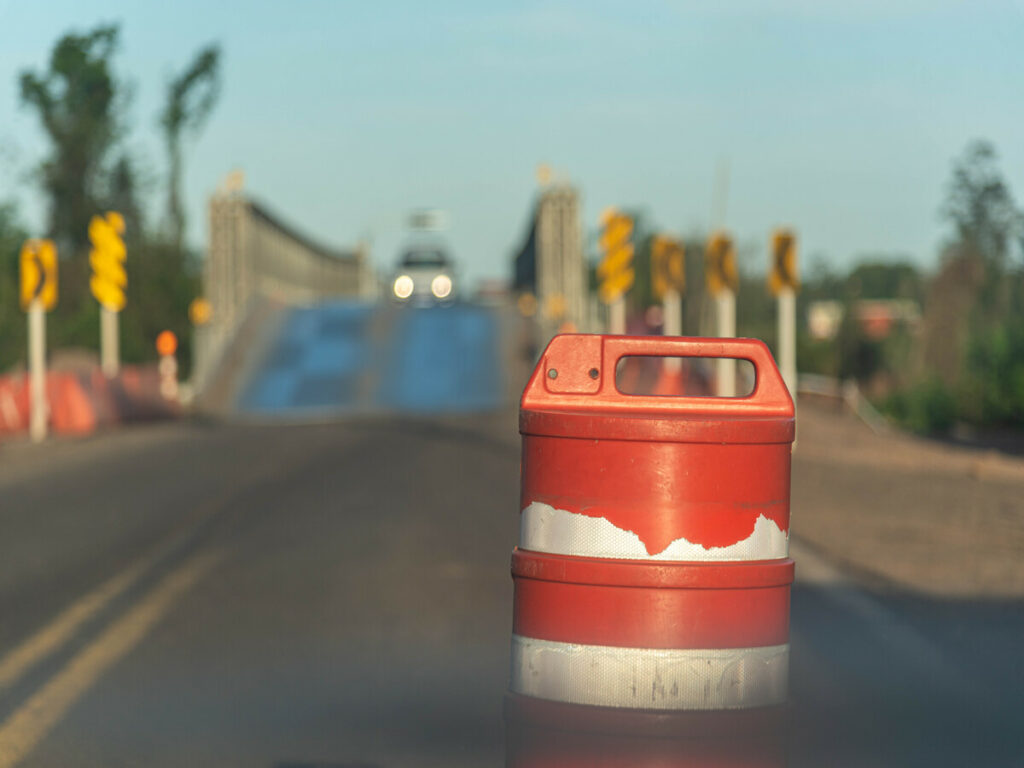
트래픽 드럼은 트래픽을 제어하고 도로를 안전하게 유지하는 데 도움이됩니다. 하지만, 날씨는 얼마나 잘 작동하는지 바꿀 수 있습니다. 비나 눈과 같은 악천후는 도로가 미끄러 져 나옵니다. 트래픽이 느려질 수 있습니다, 잼을 유발합니다, 또는 심지어 사고로 이어집니다. 날씨가 도로에 어떤 영향을 미치는지 아는 것은 이러한 위험을 줄일 수 있습니다. 또한 가시성과 안정성을 향상시켜 트래픽을 계속 움직입니다.. 이렇게하면 교통이 더 부드럽고 날씨로 인한 잼을 줄입니다..
광교통 도전적인 기상 조건에서도 최적의 교통 통제 장치를 유지하는 것의 중요성을 이해합니다.. Optraffic의 트래픽 드럼 범위 다양한 기후를 견딜 수 있도록 설계되었습니다, 보장 신뢰성과 안전 둘 다 가혹한 겨울 폭풍 그리고 비가 오는 날씨. 사용하여 내구성있는 재료 그리고 반사 시트, 우리는 개선 된 솔루션을 제공합니다 시계 그리고 안정, 도움 트래픽 중단을 줄입니다 그리고 도로 안전을 향상시킵니다 모든 기상 조건에서.
주요 테이크 아웃
- 날씨 변화는 트래픽 드럼을 덜 안정적이고보기가 더 어려워서 트래픽 드럼에 영향을 줄 수 있습니다.. 이것을 아는 것은 사고를 피하는 데 도움이 될 수 있습니다.
- 트래픽 드럼에는 HDPE 및 UV 보호 코팅과 같은 강력한 재료를 사용하십시오.. 이 재료는 날씨가 좋지 않아 더 오래 지속되며 쉽게 볼 수 있습니다..
- 정기적 인 치료가 중요합니다. 드럼이 손상을 확인하십시오, 반짝이는 스트립을 청소하십시오, 도로를 안전하게 지키기 위해 부러진 것을 교체하십시오.
- 눈이나 비에, 드럼에서 눈과 물을 제거하십시오. 이것은 눈에 보이게하고 충돌과 교통 문제를 막는 데 도움이됩니다..
- 해당 지역의 날씨를 위해 만들어진 트래픽 드럼을 선택하십시오. 이것은 모든 조건에서 잘 작동하고 도로를 더 안전하게 유지합니다..
트래픽 드럼에 날씨가 영향을 미칩니다
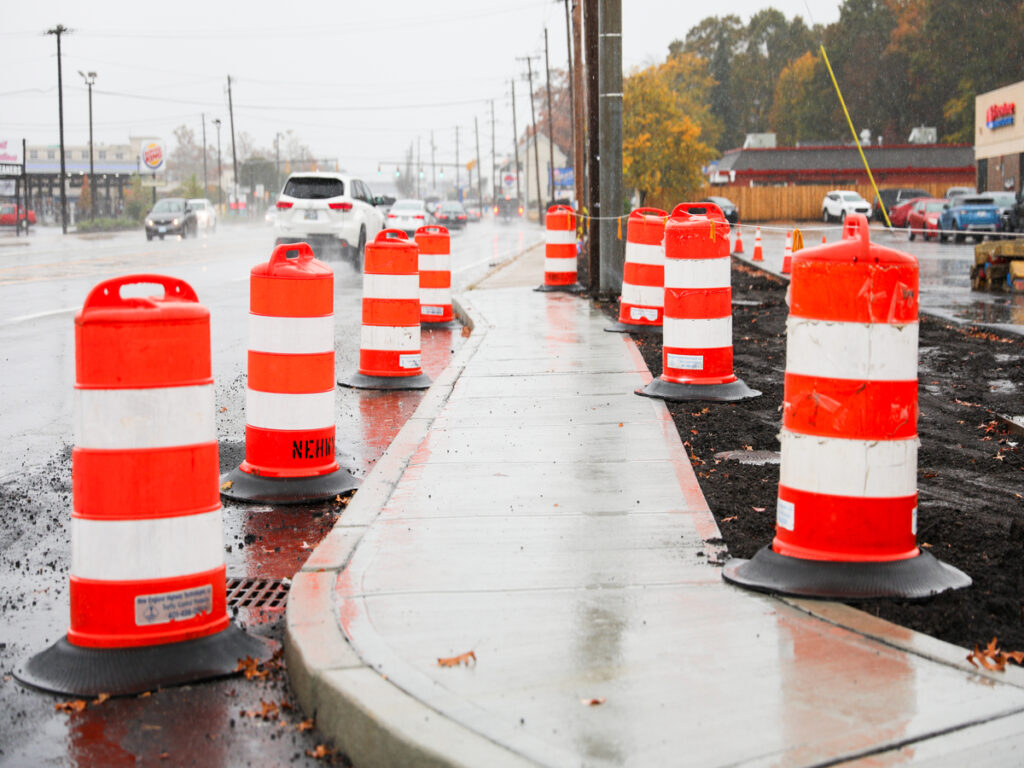
폭우와 안정성 및 재료 품질에 미치는 영향
폭우로 교통 드럼을 덜 안정적으로 만들 수 있습니다. 도로의 물은 드럼이 미끄러 지거나 넘어 질 수 있습니다.. 이것은 미끄러운 또는 고르지 않은 표면에서 더 일반적입니다. 안전 드럼이 움직일 때, 사고가 더 가능성이 높습니다, 특히 바쁜 지역에서. 비에서 홍수로 인해 드럼 재료가 손상 될 수 있습니다. 드럼이 너무 오래 젖어 있으면, 그들은 부풀어 오거나 뒤틀릴 수 있습니다. 더 저렴한 재료로 만든 드럼에는 더 나쁩니다.
비가 트래픽 드럼을보기가 더 어려워집니다. 안전 드럼의 물은 반사 스트립을 덮을 수 있습니다. 이것은 악천후에 운전자가 눈치 채기가 더 어려워집니다.. 사고를 피하기 위해, 드럼은 충분히 무겁고 방수가되어야합니다. 청소 및 피해 확인 종종 습한 날씨에 더 오래 지속될 수 있습니다..
물질 저하 및 페이딩을 일으키는 극한 열
매우 더운 날씨는 트래픽 드럼에 해를 끼칠 수 있습니다. 열이 플라스틱 드럼을 약하고 갈라지기 쉽게 만들 수 있습니다.. 햇빛은 또한 밝은 색상을 사라질 수 있습니다. 희미한 드럼은 운전자가보기가 더 어렵습니다, 충돌로 이어질 수 있습니다.
남부 미국과 같은 뜨거운 곳에서, 햇빛 손상은 더 나쁩니다. UV 저항성 코팅이있는 드럼을 사용하면 도움이 될 수 있습니다. 이 코팅은 드럼을 강하고 화려하게 유지합니다, 강한 햇빛에서도.
눈과 동결 온도는 가시성을 줄이고 균열을 유발합니다
눈과 얼음은 트래픽 드럼에 다른 문제를 가져옵니다. 이것은 눈 덮인 날씨에 충돌이 더 높아집니다. 얼음은 도로를 미끄럽게 만듭니다, 위험에 추가.
추운 날씨로 인해 드럼 재료가 부서지기 쉬워 질 수 있습니다. 취성 드럼은 더 쉽게 갈라집니다, 내구성이 떨어집니다. 통계 쇼 21% 악천후에 충돌이 발생합니다, 눈 포함. 겨울에 드럼이 계속 작동합니다, 눈과 얼음을 자주 맑게하십시오. 동결로 인한 균열을 확인하십시오, 그리고 손상을 빨리 고정하십시오.
습도가 높고 녹슬과 약화 재료가 발생합니다.
높은 습도는 해를 끼칠 수 있습니다 트래픽 드럼이 얼마나 잘 작동하는지. 공기가 매우 촉촉 할 때, 드럼의 금속 부분은 녹슬 수 있습니다. Rust는 이러한 부분이 약하고 파손되기 쉽게 만듭니다. 이것은 더 많은 사고로 이어질 수 있습니다, 특히 바쁜 지역에서.
플라스틱 드럼은 또한 습도가 높을 수 있습니다. 수분은 일부 플라스틱이 부풀어 오르거나 약해질 수 있습니다. 이것은 드럼을 덜 견고하고 넘어 질 가능성이 높아집니다.. 열대 또는 해안에서, 항상 습한 곳, 드럼은 마른 지역보다 더 빨리 마모됩니다.
습도는 트래픽 드럼을보기가 더 어려워 질 수 있습니다. 습기는 반사 스트립을 안개로 만듭니다, 눈에 띄지 않게 만듭니다. 이것은 사고가 더 가능성이 높습니다, 특히 밤이나 희미한 빛에. 드라이버는 드럼을 눈치 채지 못할 수 있습니다, 나쁜 경우에 충돌이나 사망을 초래할 수 있습니다..
이러한 문제를 해결합니다, 녹과 수분에 저항하는 재료로 만든 드럼 사용. 고밀도 폴리에틸렌 (HDPE) 녹슬거나 팽창하지 않기 때문에 좋은 선택입니다.. 드럼은 종종 녹이나 손상을 확인하십시오, 깨진 것들을 빨리 교체하십시오. 이를 통해 사고를 예방하고 트래픽이 안전하게 움직일 수 있습니다, 습한 날씨에도.
날씨가 트래픽 드럼에 어떤 영향을 미치는지 아는 것은 필요에 맞는 적절한 것을 선택하는 데 필수적입니다.. 가혹한 기상 조건을 견딜 수있는 판매용 트래픽 드럼을 찾고 있다면, 우리를 확인하십시오 트래픽 드럼을위한 구매 가이드, 극한 기후를위한 최상의 옵션을 강조하고 물질 내구성에 따라 권장 사항을 제공합니다., 시계, 그리고 날씨 탄력성.
영국과 호주의 추운 날씨 문제
얼어 붙은 날씨 제작 드럼은 부서지기 쉬우 며 손상되었습니다
추운 날씨로 인해 교통 드럼이 쉽게 파손 될 수 있습니다. 매우 추울 때, 플라스틱과 같은 재료는 뻣뻣 해집니다. Stiff materials crack more often. Cracked drums don’t work well and can cause accidents. This happens a lot in the UK during winter. 호주에서는, cold alpine areas have the same problem. Checking drums often helps find and replace broken ones before accidents happen.
Snow hiding drums and causing traffic issues
Snow makes it hard to see traffic drums. It can cover or pile around them, hiding them from drivers. 이것은 눈 덮인 날씨에 충돌이 더 높아집니다. Snow and ice also make roads slippery, slowing traffic and causing jams. Drivers may find it harder to drive safely in heavy snow. Clearing snow off drums and keeping reflective strips visible can help prevent accidents.
Cold weather examples in UK winters and Australian snowy areas
The UK has freezing winters with snow and ice. These conditions cause crashes, 부상, 그리고 지연. 예를 들어, 스코틀랜드의 얼음 도로는 종종 겨울에 교통량이 느려집니다. 호주에서는, 눈 덮인 산과 같은 눈 덮인 장소도 비슷한 문제에 직면합니다. 스노우는 드럼을 숨 깁니다, 얼음 도로는 사고가 더 가능성이 높습니다. 강한 재료를 사용하고 드럼을 고정하면 추운 날씨에 도로를 더 안전하게 만들 수 있습니다..
미국과 호주의 열과 습도 효과
드럼을 약하고 페이딩하는 색상을 만드는 햇빛
미국과 호주 남부와 같은 화창한 곳에서, 강한 햇빛은 트래픽 드럼에 해를 끼칠 수 있습니다. 너무 많은 UV 조명으로 플라스틱이 부서지기 쉬우 며 갈라지기 쉽습니다.. 이것은 드럼을 약화시킵니다, 충격 중에 안전하지 않게 만듭니다. 드럼의 밝은 색상도 햇빛에 사라집니다, 보기가 더 어려워집니다. 운전자가 드럼을 발견 할 수없는 경우, 사고가 더 가능성이 높습니다, 특히 바쁜 지역에서.
이것을 고치려면, UV 저항성 코팅과 함께 드럼을 사용하십시오. 이 코팅은 플라스틱을 보호하고 색상을 밝게 유지합니다. 드럼은 종종 햇빛으로 인한 손상을 확인합니다. 손상된 드럼이 문제를 일으키기 전에 교체하십시오.
극한의 열 굽힘 드럼과 강도를 낮추십시오
매우 더운 날씨는 트래픽 드럼을 모양에서 구부릴 수 있습니다.. 구부러진 드럼은 잘 견디지 못하고 트래픽을 제대로 안내 할 수 없습니다.. 이것은 애리조나 또는 센트럴 호주와 같은 뜨거운 장소에서 더 많이 발생합니다.. 뒤틀린 드럼은 더 빨리 마모됩니다, 교체 비용이 더 많이 들었습니다.
이를 피하기 위해 HDPE와 같은 열 저항성 재료로 만든 드럼을 선택하십시오.. 이 재료는 높은 열에서도 강하게 유지됩니다. 평평한 땅에 드럼을 배치하면 굽힘을 막는 데 도움이됩니다.
습도는 녹슬고 드럼을 불안정하게 만듭니다
플로리다 또는 호주 북부와 같은 습한 곳에서, 수분은 문제를 만듭니다. 드럼의 금속 부품은 녹슬 수 있습니다, 약하고 부서지기 쉽습니다. 녹슨 부품은 실패 할 수 있습니다, 사고를 유발합니다. 플라스틱 드럼은 수분을 흡수 할 수 있습니다, 무겁고 덜 안정이됩니다. This makes traffic less safe and increases crash risks.
To handle this, pick drums made from rust-proof materials. Check them often for rust or damage. Drums with sealed edges and coatings that resist moisture work better in humid weather. These features help keep drums safe and useful, even in wet conditions.
메모: Choosing the right materials and doing regular checks can cut delays and stop crashes caused by bad weather.
Rain and Wet Weather Impacts Across Regions
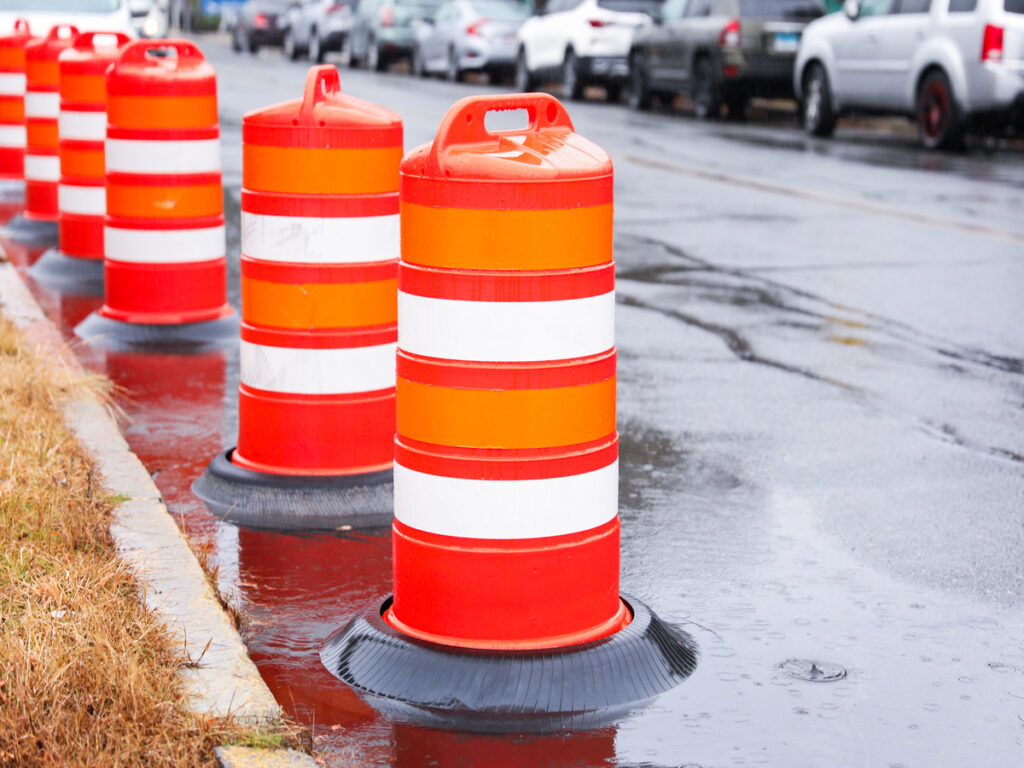
Problems with stability from flooding and heavy rain
Flooding and heavy rain can make traffic drums unstable. Water on roads can move or knock over the drums. 이것은 충돌이 더 가능성이 높습니다, 특히 바쁜 지역에서. Uneven or sloped roads make it harder for drums to stay put. Drivers might not see misplaced drums, causing accidents or injuries.
이러한 문제를 피하기 위해, use drums with extra weight or water-filled bases. 이 기능은 악천후에 드럼을 안정적으로 유지하는 데 도움이됩니다. 비가 오는 동안 종종 드럼을 점검하면 충돌이나 지연을 일으키기 전에 문제를 찾아서 문제를 해결할 수 있습니다..
긴 노출에서 습한 날씨에 금속 부품의 녹.
습한 날씨는 금속 부품으로 트래픽 드럼에 녹슬어 질 수 있습니다.. 녹이 금속을 약화시킵니다, 더 쉽게 깨뜨립니다. 부문 부품이 심각한 경우 충돌이나 사망으로 이어질 수 있습니다.. 해안 지역은 짠 공기 때문에 더 나쁜 녹 문제에 직면합니다..
녹을 멈추기 위해, HDPE와 같은 녹 방지 재료로 만든 드럼을 사용하십시오. 이 재료는 습한 날씨에 더 오래 지속됩니다. 보호 코팅 청소 및 추가도 녹 손상을 방지합니다..
비 또는 홍수가있는 지역의 가시성 문제
비와 홍수로 인해 교통 드럼을보기가 더 어려워 질 수 있습니다.. 물이나 먼지는 반사 스트립을 덮을 수 있습니다, 눈에 띄지 않게 만듭니다. 해안 지역에서, 안개와 안개는 드럼을 발견하기가 더 어려워집니다.. 가시성이 좋지 않으면 충돌이 발생할 수 있습니다, 트래픽 속도가 느립니다, 지연을 만듭니다.
이것을 고치려면, 반사 재료가 좋은 드럼을 사용하십시오. 비오는 날씨에 종종 드럼을 청소하여 눈에 보이도록하십시오.. 홍수가 발생하기 쉬운 지역에서, 더 높은 땅에 드럼을 배치하여 물에 숨겨져있는 것을 막으십시오..
팁: 해당 지역의 날씨를보고 폭우 나 홍수 동안 사고 위험을 낮추기 위해 교통 계획을 변경하십시오..
트래픽 드럼의 날씨 저항 향상
HDPE와 같은 강력한 재료를 선택합니다, LDPE, 및 UV- 내성 코팅
올바른 재료를 사용하면 트래픽 드럼이 더 오래 지속됩니다. HDPE 그리고 LDPE 그들이 깨는 것에 저항하기 때문에 좋은 선택입니다. HDPE 강하고 유연합니다, 날씨가 변하는 장소에 적합합니다. LDPE 가볍지 만 여전히 내구성이 뛰어납니다, 드럼이 비나 바람에 꾸준히 유지하도록 돕습니다.
UV- 내성 코팅 또한 매우 중요합니다. 햇빛은 플라스틱을 약화시키고 색상을 약화시킬 수 있습니다, 드럼을보기 어렵게 만듭니다. 이 코팅은 햇빛으로부터 드럼을 보호합니다, 강하고 밝게 유지합니다. 이것은 운전자가 쉽게 알아 차리는 데 도움이됩니다, 충돌 위험 감소. 이 재료로 드럼을 선택하여 더 잘 작동하고 더 오래 지속됩니다..
힘든 날씨에 드럼을 관리합니다
좋은 관리는 트래픽 드럼이 지속되고 잘 작동하는 데 도움이됩니다. 균열이 있는지 자주 확인하십시오, 녹, 또는 굽힘, 특히 악천후 후. 사고를 피하기 위해 깨진 드럼을 빠르게 고정하거나 교체하십시오. 깨끗한 반사 스트립 자주 자주 비가 내리거나 눈에 보이는 상태를 유지합니다..
금속 부품에 방지 코팅을 사용하여 젖은 지역의 녹을 막으십시오.. 드럼을 건조하게 보관하십시오, 폭우 나 열 중에 그늘진 반점. 시즌이 시작되기 전에 확인하고 수정하여 겨울이나 여름을 준비하십시오.. 이 단계는 도로가 더 안전하고 교통량을 더 매끄럽게 유지합니다.
더 강한 트래픽 드럼을위한 새로운 디자인
새로운 트래픽 드럼 디자인은 악천후를 더 잘 처리합니다. 일부 드럼에는 바람이나 비에 안정적으로 유지하기 위해 무거운베이스가 있습니다.. 다른 사람들은 여분의 무게를 위해 물을 추가 할 수 있습니다, 넘어지지 않도록 막아냅니다.
반사 스트립은 이제 안개 나 비에서 더 좋고보기 쉽습니다.. 일부 드럼에는 심지어도 있습니다 LED 조명 운전자가 밤에 볼 수 있도록 도와줍니다. 새로운 재료 믹스 HDPE 드럼을 더 강하게 만들기 위해 다른 강력한 요소로. 이 업데이트는 트래픽 드럼이 모든 날씨에 유용하게 유지됩니다, 충돌 및 교통 체증 감소.
팁: UV 코팅과 같은 기능으로 드럼을 구입하십시오, 무거운 기지, 밝은 반사 스트립. 이로 인해 도로가 더 안전 해지고 교통량이 더 좋게됩니다.
트래픽 드럼에 대한 지역 고려 사항
우리를: 남부 열을 다루기, 북동쪽 눈, 그리고 해안 비
미국에서, 다른 지역마다 날씨가 영향을 미칩니다 트래픽 드럼. 남부주는 매우 뜨거워집니다, 플라스틱 드럼을 약화시키고 색상이 사라집니다. 희미한 드럼은보기가 더 어렵습니다, 충돌로 이어집니다. UV 방지 드럼을 사용하면 이러한 문제가 중단 될 수 있습니다. 드럼을 점검하면 종종 햇빛으로 인한 피해를 찾는 데 도움이됩니다.
북동쪽에서, 눈과 얼어 붙은 온도로 인해 드럼 재료가 부서지기 쉽습니다. 눈은 드럼을 덮을 수 있습니다, 운전자에게 보이지 않습니다. 이로 인해 충돌이 발생하고 트래픽이 느려집니다. 드럼에서 눈을 닦고 반사 스트립을 사용하면 쉽게 볼 수 있습니다.. 강한 재료와 같은 HDPE 추운 날씨에 더 잘 작동합니다.
해안 지역은 폭우와 홍수를 다룹니다. 물은 드럼을 움직이거나 노크 할 수 있습니다, 사고를 유발합니다. 녹도 드럼의 금속 부품에 문제가됩니다.. 이것을 고치려면, 폭풍우 중에 드럼을 안정적으로 유지하기 위해 녹을 방지하고 무게를 추가하십시오..
영국: 빈번한 비와 추운 겨울 처리
영국에는 많은 비와 추운 겨울이 있습니다. 트래픽 드럼. 비는 드럼을 덜 안정적으로 만듭니다, 특히 고르지 않은 도로에서. 또한 반사 스트립을보기 어렵게 만듭니다, 충돌 위험 증가. 드럼을 자주 청소하고 방수 재료를 사용하면 도움이 될 수 있습니다.
겨울은 동결 온도와 눈을 가져옵니다, 드럼을 쉽게 갈라지게 만듭니다. 눈은 드럼을 숨길 수 있습니다, 충돌 발생. 강력한 재료를 사용합니다 HDPE 그리고 눈을 맑게하는 것이 종종 도움이됩니다. 반사 스트립 또는 LED 조명은 어두운 또는 눈 덮인 조건에서 가시성을 향상시킵니다..
호주: 열대로 조정, 사막, 온대 기후
호주의 다른 기후 특별한 계획이 필요합니다 트래픽 드럼. 열대 지역의 습도가 높습니다, 녹슬고 재료를 약화시킵니다. 녹 방지 드럼과 정기적 인 점검은 사고를 중단 할 수 있습니다. 해안 지역도 폭우가 발생합니다, 드럼을 불안정하게 만듭니다. 무게를 더하면 폭풍 동안 드럼이 제자리에 머무를 수 있습니다.
사막 지역은 매우 열이 있습니다, 드럼을 구부리고 색상이 사라집니다. UV- 내성 코팅은 햇빛 손상으로부터 드럼을 보호합니다. 온대 구역은 날씨가 변합니다, 내구성이 뛰어난 재료와 같은 HDPE 가장 잘 작동합니다. 정기적 인 치료는 모든 기후에서 드럼이 잘 작동합니다.
팁: 해당 지역의 날씨를 위해 만들어진 트래픽 드럼을 선택하십시오. 이로 인해 충돌 위험이 줄어들고 트래픽이 안전하게 움직입니다.
날씨는 트래픽 드럼이 작동하는 방식과 마지막에 큰 영향을 미칩니다. 비와 같은 악천후, 눈, 열은 재료를 손상시킬 수 있습니다. 또한 드럼을보기가 더 어려워지고 충돌 위험이 증가합니다.. 매년, 악천후는 거의 발생합니다 4,900 치명적인 충돌. 위에 301,100 날씨로 인해 부상으로 사고가 발생합니다. 눈, 얼음, 그리고 안개 원인 23% 예상치 못한 도로 지연, 큰 문제를 만듭니다.
| 통계 설명 | 값 |
|---|---|
| 악천후에 치명적인 충돌 | 에 대한 4,900 |
| 악천후에 부상이 충돌합니다 | 위에 301,100 |
| 악천후에 부동산 손상이 충돌합니다 | 거의 919,700 |
| 눈에서 지연됩니다, 얼음, 그리고 안개 | 23% |
| 매년 총 차량 시간 지연 | 544 백만 |
| D.C의 이동 시간 지연 증가. | 14% |
| 시애틀의 이동 시간 지연 증가 | 21% |
| D.C의 최대 이동 시간 증가. 비기 동안 | 24% |

HDPE 또는 UV 저항성 코팅과 같은 강력한 재료를 사용하면 드럼이 날씨가 힘들어지는 데 도움이됩니다.. 정기적 인 치료, 반사 스트립을 청소하고 손상을 고정하는 것과 같습니다, 도로를 더 안전하게 유지합니다. 해당 지역을 위해 만든 비바람에 견디는 트래픽 드럼을 찾으십시오. 이 단계는 충돌 위험을 낮추고 트래픽을 개선합니다, 악천후에도.
교통 묘사 및 도로 안전에서 트래픽 드럼의 중요한 역할에 대해 자세히 알아 보려면, 그들의 기능을 포함하여, 재료 옵션, 그리고 프로젝트에 가장 적합한 것을 선택하는 방법, 포괄적 인 가이드를 방문하십시오 안전 드럼: 교통 묘사 및 도로 안전에서의 역할에 대한 포괄적 인 가이드.
FAQ
날씨가 좋지 않은 트래픽 드럼에 적합한 재료?
HDPE 그리고 LDPE 힘든 날씨를위한 훌륭한 선택입니다. HDPE 강하고 깨지지 않고 구부러집니다. LDPE 가볍지 만 여전히 튼튼합니다. 두 재료 모두 더 길고 균열과 같은 손상에 저항합니다, 녹, 그리고 햇빛.
겨울에는 교통 드럼을 어떻게 신경 써야합니까??
추운 날씨의 균열이 종종 드럼을 점검하십시오. 눈과 얼음을 제거하여 쉽게 볼 수 있도록. 깨진 드럼을 빠르게 교체하여 사고를 중단하십시오. 반사 스트립 또는 LED 조명을 추가하여 드라이버가 어둡거나 눈 덮인 지역에서 발견 할 수 있도록 도와줍니다..
햇볕이 잘 드는 곳에서 교통 드럼이 색상을 잃는 이유는 무엇입니까??
햇빛에는 플라스틱을 약화시키고 색상을 약화시키는 UV 광선이 있습니다.. 희미한 드럼은보기가 어렵고 내구성이 떨어집니다. UV 코팅과 함께 드럼을 사용하여 보호하십시오. 이 코팅은 색상을 밝게 유지하고 재료를 강하게 유지합니다..
비가 트래픽 드럼 안정성에 어떤 영향을 미칩니다?
비는 도로를 미끄러 져 나옵니다, 드럼을 움직이거나 팁을 줄 수 있습니다. 홍수는 드럼을 제자리에서 밀어 넣을 수 있습니다, 위험을 유발합니다. 베이스 또는 물로 가득 찬 바닥이있는 드럼은 더 꾸미고 있습니다. 충돌을 피하기 위해 비기 동안 그들의 위치를 확인하십시오.
습하고 습한 지역을 위해 만든 트래픽 드럼이 있습니까??
예, 일부 드럼은 습한 장소에서 녹과 부기에 저항합니다. HDPE 밀봉 된 가장자리가있는 드럼은 열대 또는 해안 지역에서 잘 작동합니다.. 이러한 기능은 드럼을 강하고 꾸준히 유지합니다, 촉촉한 공기에서도.


